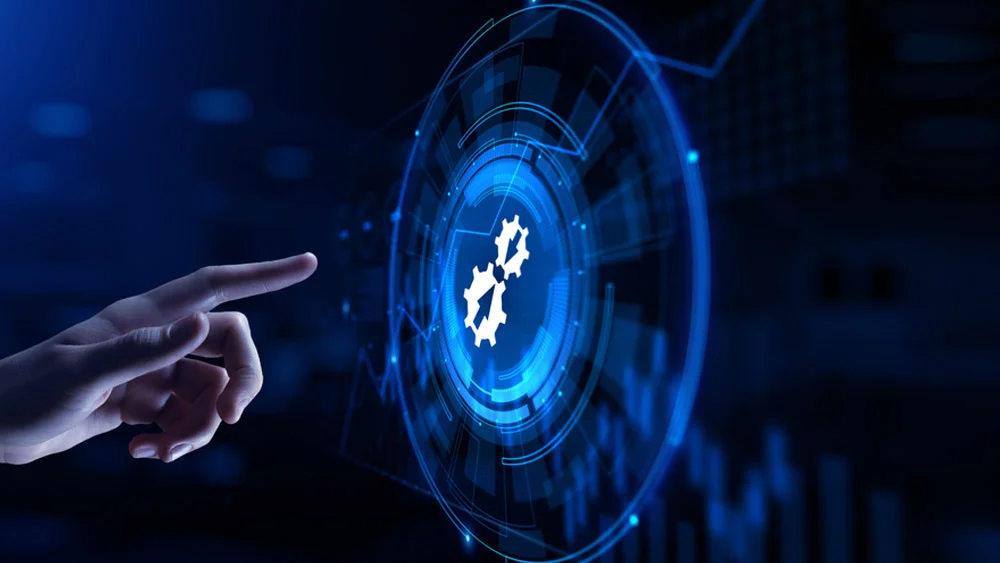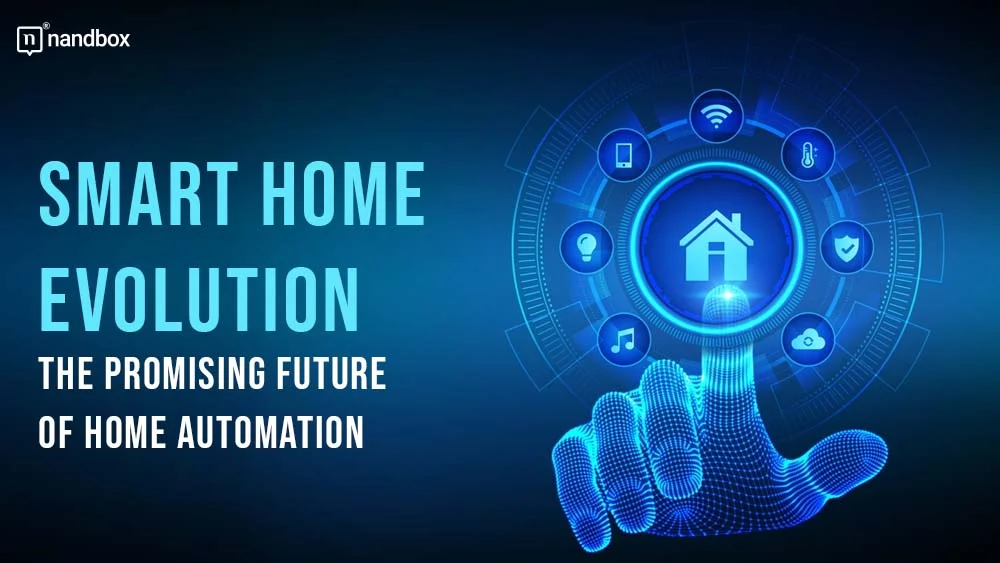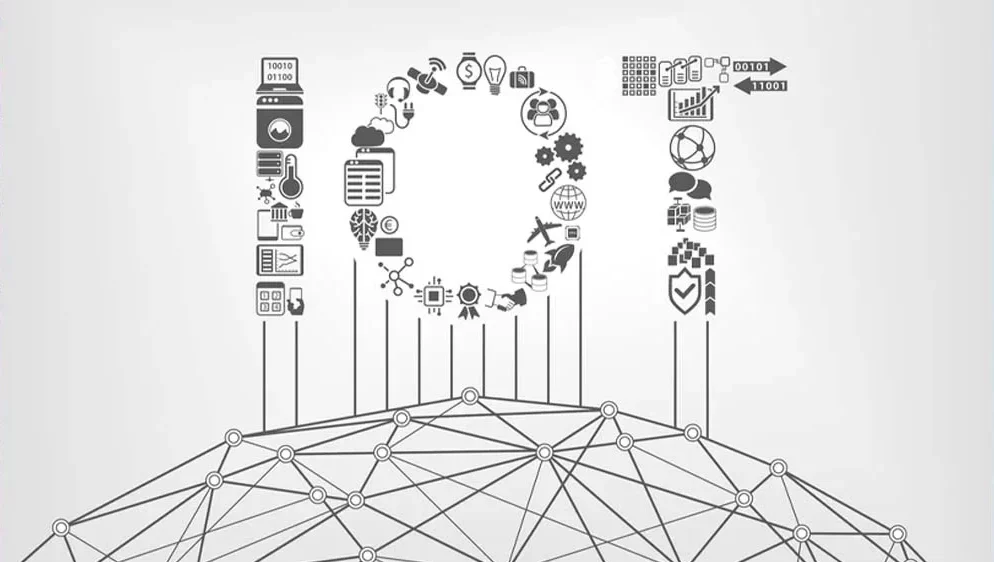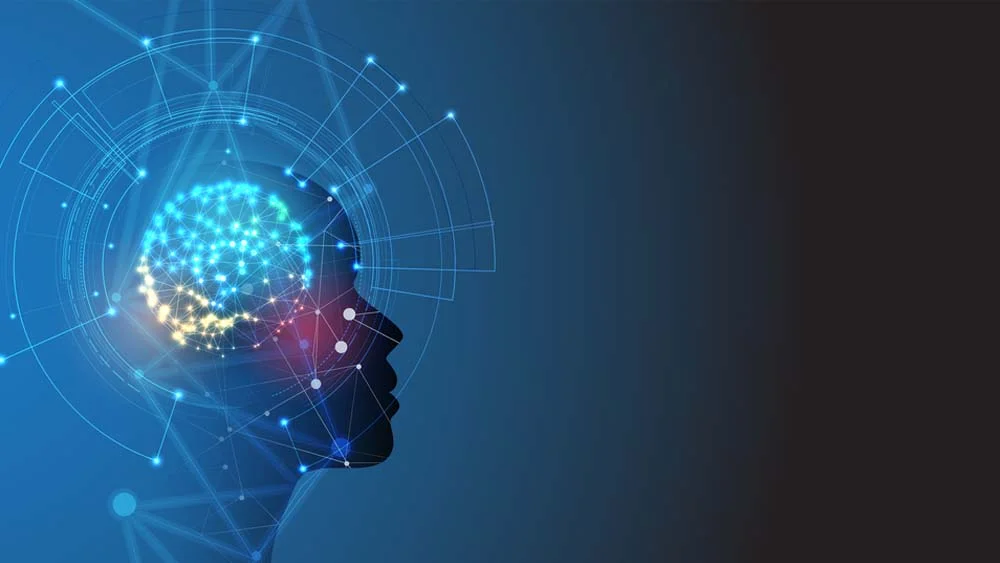The impact that technology has had on our lives is incomparable. We now enjoy many luxuries that we had no idea about before. For instance, we can now explore a game very closely, like closer than ever before, using VR technology. Additionally, we can communicate with computers! I know, amazing, isn’t it? Artificial intelligence now gives machines the ability to communicate and execute commands on their own without human intervention. Along with all the experiences that new technologies provide us with, there is one that took the world by storm. This new technology is called smart home systems. Apparently, adding the word smart next to any aspect makes it way better. Unfamiliar with smart home systems and how they are applied? Read this article to learn all about the new smart home evolution!
What are Smart Homes?
So, what exactly are smart homes? Let us start by defining the concept briefly and properly. Smart homes are exactly what you would expect a normal home to look like. Basic appliances, colors, and everything. It is not the stereotype form that appeared in movies back in the day, where people would have flying servants and talking TVs. I mean, we almost have talking TVs now, but you get the idea. So, if everything is the same, then what is the difference? The difference is that all the appliances in such homes are actually smart versions, which cannot differ in shape or look but are significantly different when it comes to functionalities. These smart versions of the appliances are all interconnected, whether to the internet or to other devices. This connectivity enables such devices to execute and perform activities better and more efficiently.
The evolution of smart homes is rapidly transforming the way we live, offering unprecedented convenience, security, and energy efficiency. With advancements in home automation technologies, devices seamlessly integrate to provide users with comprehensive control over their environment. A prime example of this innovation is the Gexa Saver Deluxe 12 plan, which not only promotes energy savings but also enhances the functionality of smart home systems. As these technologies continue to evolve, the future of home automation promises even greater benefits and a more connected lifestyle.
Exploring the Applications and Examples of Smart Home Systems
1. Smart Lightning Systems
Starting with one of the most used smart home evolution or applications: smart lighting systems I personally think that it is my favorite, as it is unique and fun. Remember the fight you’d have with your sibling because someone would leave the lights on and you just got tucked into bed and neither of you wanted to get up and turn it off? Yes, this is long gone now. Smart lighting systems allow residents to control and adjust lights in all rooms without moving an inch. Additionally, some systems go the extra mile and have color customization abilities and can even sync your light with movies you are watching or music you are listening to.
2. Smart Thermostats
As much as thermostats can be a very important part of any house, they can also be a pain in the neck. Thermostats usually need much effort as there can be many problems, like power issues, problems with setting up, and maintenance issues. However, smart thermostats came to solve all of these issues. Smart thermostats are based on very advanced technologies that help such devices identify your patterns and adjust the temperature accordingly. Additionally, some smart thermostats can adjust the temperature according to the weather forecast to ensure a suitable and pleasing experience. Smart thermostats are not only enjoyable, but they are also very efficient when it comes to energy consumption.
3. Smart Kitchen Appliances
Smart kitchen appliances are also shining stars when it comes to application and smart home evolution. The category of smart home kitchen appliances is not new, as it has been here for quite some time. A fun fact! Smart refrigerators were the first devices in this category to make an appearance in 2000, which was even before the emergence of smartphones. In 2000, LG made an exceptional debut with the first smart refrigerator ever that had a local area network port and allowed users to connect to the internet through it. Since then, there has been an unstoppable chain of smart kitchen appliances like smart coffee makers, ovens, washers and so on that could be controlled using applications or even voice commands.
The Mega Stars of Smart Homes: An Overview of the Most Used Technologies in Smart Homes
We couldn’t mention or talk about smart homes without giving kudos to the technologies behind these advancements. So let us talk about a few of the exceptional technologies that are responsible for the robustness of smart home systems.
Internet of Things (IoT)
The first technology is definitely the Internet of Things. Smart home systems are all about interconnected devices and connectivity, and this cannot be done without the presence of the Internet of Things. IoT drives the smart home evolution and creates a path between devices to exchange necessary information and perform more effectively. For instance, in the case of a smart kitchen appliance and a smart fire detection system, your appliance will report any unusual or dangerous behavior so that it can take immediate action. Additionally, smart security systems are always interconnected using IoT to ensure maximum home and resident security.
Artificial Intelligence
Artificial intelligence is another major technology in the smart home evolution. The capabilities of AI algorithms go beyond just being functional and are mind-blowing. The first thing that artificial intelligence provides smart home systems with is personalization. Artificial intelligence embedded in some smart home devices can identify user’s specific behaviors and patterns and behave accordingly. For instance, if you have a habit of turning the light intensity to 30% after 9 PM, your lighting system can pick up this habit and start turning the light intensity simultaneously on its own.
Machine Learning
Machine learning has an undeniable and great role in smart home evolution. The predictive analysis, detection, and decision-making capabilities make it an invaluable technology. For instance, virtual assistants like Amazon Alexa and Google Assistant rely on machine learning algorithms for voice recognition and NLP to understand and respond to user voice commands. These systems become more accurate and personalized over time as they learn from user interactions. Additionally, machine learning algorithms can identify faults or malfunctions in smart devices and provide diagnostic information to homeowners or service providers, enabling quicker and more accurate repairs.
Pros and Cons of Smart Homes
Pros:
Convenience
Smart homes’ emphasis on ease of use is a major selling point. Now you can command your entire home with the touch of a button or the sound of your voice. Lighting, temperature control, and safety and security systems are all examples of automation that improve the quality of life.
Energy Efficiency
Using smart lighting and temperature controls, you can reduce your energy costs by optimizing consumption according to your preferences and the time of day. More than that, they can give you up-to-the-minute information on your energy usage, so you can make informed choices and cut down on waste.
Maximized Security
Security cameras, motion detectors, and alerts are just a few of the smart features included in today’s home security systems. In the event of any suspicious activity at your residence, you will be notified immediately, wherever you are.
Remote Access
Smart home systems allow you to manage your house from afar. Adjusting the temperature, checking the security of your house, and even letting guests in remotely are all possible with this. This gives users the advantage of great accessibility.
Customization
Customization is an attractive feature of smart homes. The level of automation and degree of control that a resident has over his house is exceptional. Smart homes can be adjusted to suit the user and his preferences easily.
Integration

There is a high degree of compatibility between the various smart home devices on the market today. This means that your home’s lighting, temperature, and security systems can all communicate with one another for optimal efficiency and convenience.
Accessibility
The use of smart home technology can help make homes more accessible for people with limited mobility and disabilities. People with mobility or sensory impairments may find voice-controlled devices and automated features helpful in navigating their surroundings.
Cons:
Cost
The upfront cost of implementing a suite of smart home features can be significant. Although homeowners can anticipate long-term cost savings due to decreased energy consumption, the initial investment may hinder them.
Reliability
Internet access and electricity are prerequisites for smart home technology. Which makes it pretty inconvenient to lose command of your electronic devices in the event of a blackout or internet outage.
Compatibility Issues
There is a lack of interconnectivity between smart home devices because they use different communication protocols and standards. Therefore, It can be a pain to make sure everything is compatible with each other.
Security Risks
Although smart home security systems have the potential to increase safety, they are still vulnerable to cyberattacks if not properly protected. Keeping your devices and networks secure is crucial for avoiding these dangers.
Learning Curve
There are some people, especially those of older generations, who may have trouble getting used to and mastering the use of smart home devices and apps. This adds to the fact that smart homes can be inconvenient.
Upkeep and Maintenance
Updating and maintaining a smart home system is a continuous process. When software and firmware aren’t kept up-to-date, security flaws can open up or compatibility problems can arise.
Interference and Connectivity Problems
The performance of wireless smart devices is not guaranteed because of the possibility of interference and connectivity issues. When technology fails to perform as expected, it can be very frustrating for residents to use any of their devices.
The Role of Apps in Smart Homes
It’s impossible to overstate the importance of mobile applications in the ever-changing world of smart homes. Homeowners now have unprecedented ease, control, and personalization thanks to these feature-rich apps’ pivotal role in smart home ecosystems. These smart apps allow users to easily control a wide variety of smart home devices and systems with just the touch of a screen or the sound of a user’s voice, transforming regular homes into interactive, intelligent environments.
All aspects of life can be improved by utilizing these apps in smart homes. Apps that pair with smart thermostats, such as the Nest and Ecobee systems, allow for remote temperature adjustment, the programming of heating and cooling cycles, and the gathering of energy consumption data. As a result, not only is maximum comfort guaranteed, but huge amounts of energy are also saved, making for a significantly more environmentally friendly and sustainable way of life.
When it comes to home security, apps are the piece of the puzzle that turns generic alarm systems into robust protectors with intelligence. Apps for devices like the Ring doorbell camera and the Arlo security camera allow homeowners to monitor their property in real time. They also get notifications about any suspicious activity and manage who has access to their home and what they can do there. Having this much say and knowledge over what’s going on around the house is a great way to feel safe and secure.
Smart home apps also feature deep integration with voice-activated virtual assistants like Amazon Alexa and Google Assistant, allowing users to command even more devices with their voices. Accessible through a user’s smartphone, these helpers can perform a variety of tasks at the user’s request, such as turning on lights, playing music, or providing weather updates.
Lastly, users can take advantage of the apps’ robust integration features to establish detailed automation routines. Energy efficiency and home management can be improved by linking devices and establishing routines that respond smartly to predetermined events or time intervals.





